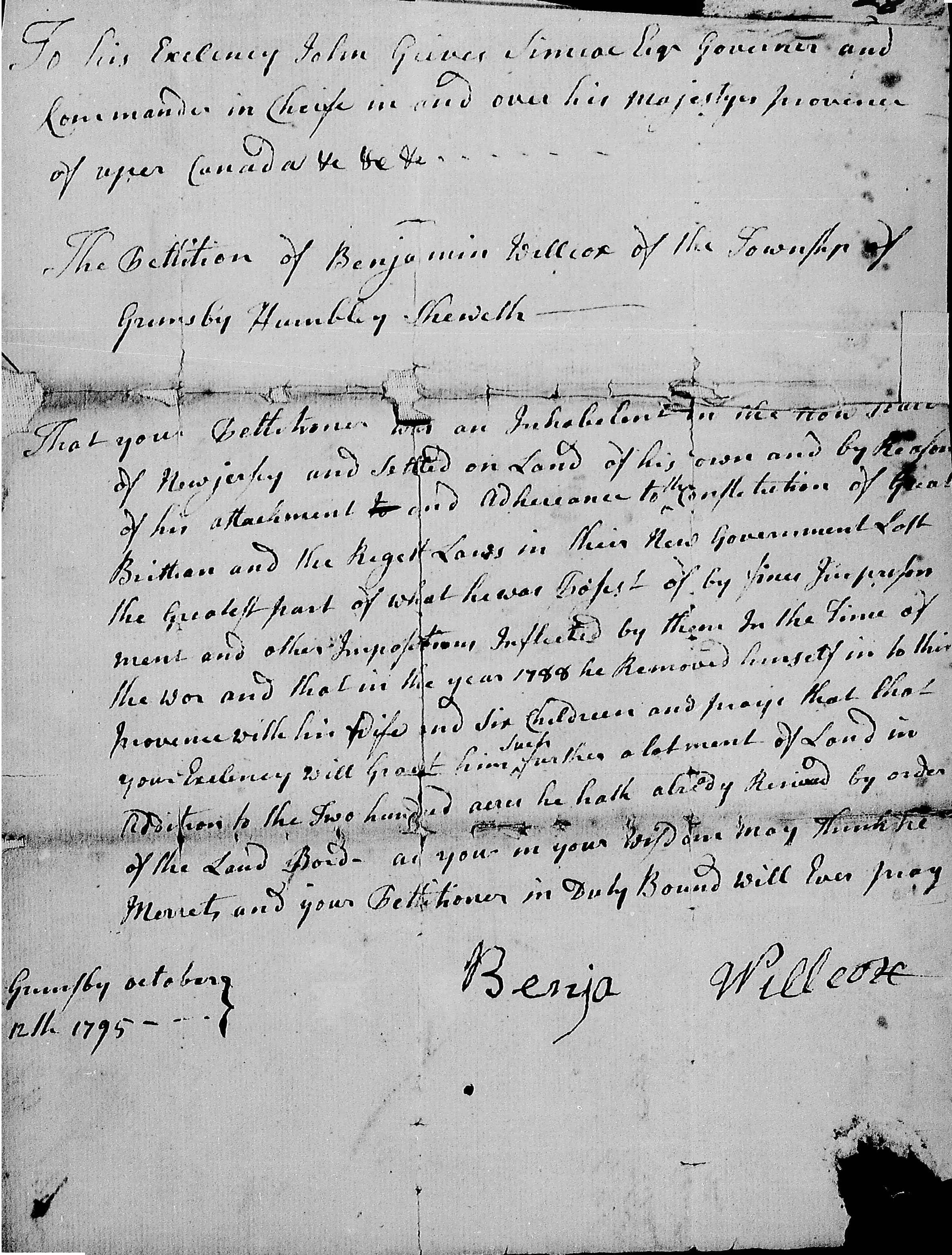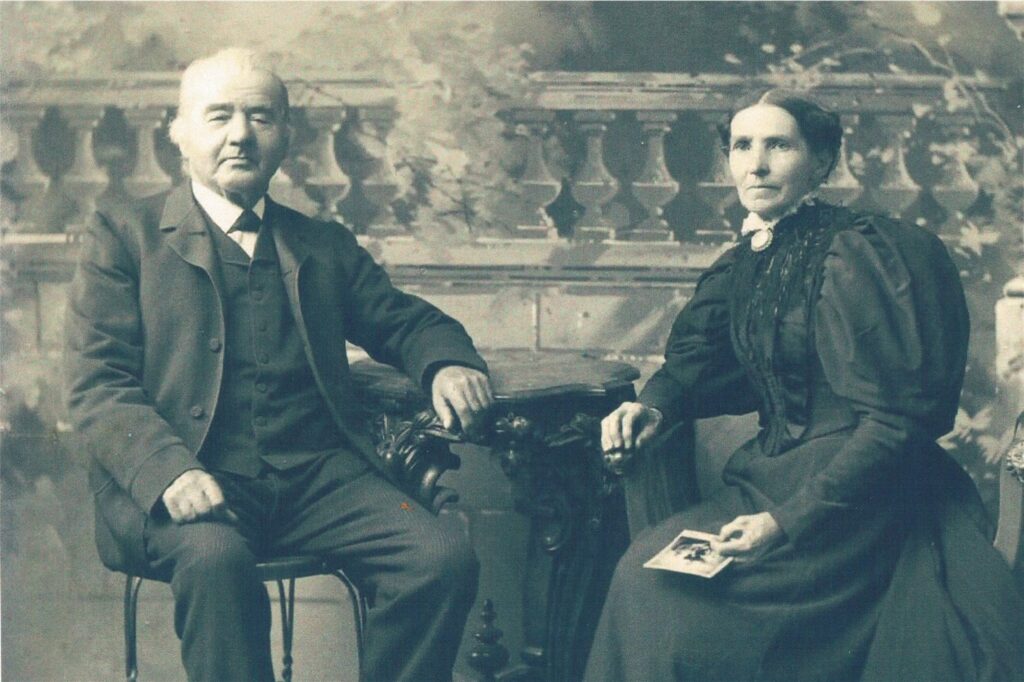WHERE I BELONG
I just became a member of The Pennsylvania German Folklore Society of Ontario – Chapter of the Twenty. This very active group of historians and genealogists are the custodians of historical Mennonite records, including much from my Fretz and Honsberger ancestors.
This is not a culture I strongly identify with, since it comes from long-ago branches of my family tree. Still, it is certainly a group to which I belong, happily, if somewhat loosely.
I also recently found I have a connection to one of Niagara’s “royal” families. My five-times great-grandmother was the remarkable Mary Secord, sister of James Secord, whose son was the husband of the famous Laura, heroine of the War of 1812. A tenuous connection, but still. Another group to which I belong, and I’m delighted with this connection too.
Isn’t this a big part of genealogy research – finding where you belong, which people and what cultures you are part of? What these two recent discoveries have me thinking about – once again – is identity. What I’ve uncovered in my father’s family history has further cemented my already strong sense of myself as a Canadian: after all, we’ve been in the country since 1784! It’s also strengthened my sense of connection with Niagara. Not only did I grow up there, but so did about 11 generations of my father’s family, arriving as some of the first white settlers of the region.
Some of the discoveries we make as genealogists resonate more strongly than others. But even thin links to other cultures or family lines delight and enrich us.


